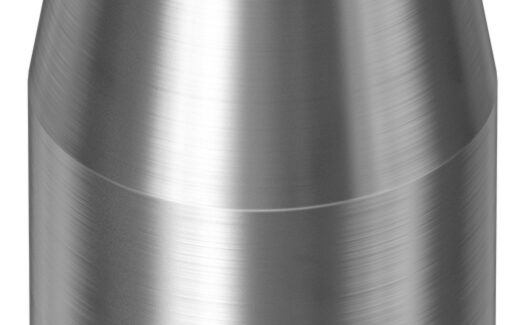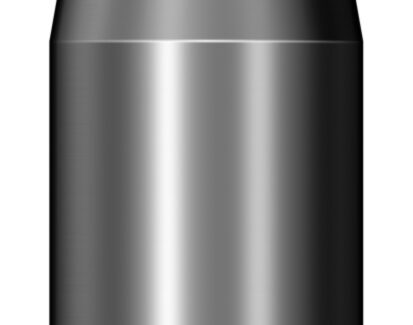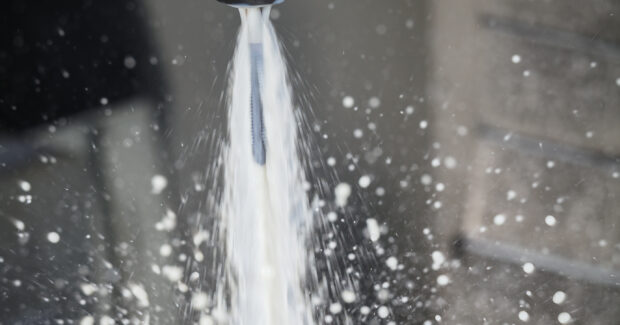Three Tapping Pitfalls to Avoid for Optimal Thread Quality
While tapping may seem simple on the surface, there are many potential pitfalls related to tooling, operating parameters and quality assurance practices.
Posted: August 28, 2024

For many metalworking operations, tapped holes are a critical component that allows parts to be assembled via threaded fasteners. While tapping may seem like a simple process, there are several potential pitfalls that can occur, leading to stripped or deformed threads, broken taps and compromised part quality.
By understanding some of the key mistakes in tapping and how to avoid them, shops can optimize their processes for better productivity, tool life and overall quality.
- Tap Selection and Preparation
One of the most common tapping errors is using the wrong tap for the job at hand. Taps are designed for specific hole sizes, thread pitches and materials. Using a machine tap in a hand-tapping operation, for example, can lead to poor thread quality and straightness due to the high amount of relief performance machine taps have.
It’s also important to use taps specifically designed for the workpiece material in a production environment. While a general-purpose high-speed steel (HSS) tap may be acceptable for low-carbon steels, more specialized powder metal, cobalt or even solid carbide taps in some cases are needed for harder, more abrasive materials like cast iron or heat-treated alloys.
In addition to tap selection, hole preparation is key. This includes using sufficient tapping fluid, carefully cleaning and deburring holes, and ensuring the tap is properly started straight into the hole. Misaligned tapping compounds stresses that can quickly lead to failure.
- Cutting Speed and Feed Rate
Tapping, like any other chip-making metal-cutting operation, has an optimal speed where the tool operates most efficiently in terms of life, hole quality and productivity. Going too fast can cause excessive wear and potential tap breakage, while going too slow produces poor-quality threads and extracted chips that can clog up the flutes.
Generally recommended tapping speeds are 20-to-80 sfm for HSS taps in steel, with the low end used for larger diameters and harder materials. Powder metal-coated taps can often run 100% faster. The feed rate should be set to the pitch of the tap, as speed is the only variable when tapping. So, tap selection is key to best performance and tap life.
Some advanced taps, like Sandvik Coromant’s CoroTap line, use a proprietary geometry designed to work at higher speeds up to 120 sfm in steel. For specialized materials, it’s best to consult a metalworking professional.
- Hole Depth and Tapping Quality Monitoring
Even with the proper tap and operating parameters, achieving good threads requires additional precautions. First, having adequate hole depth is critical — the pre-hole needs to be 3-to-4 pitches deeper (depending on the chamfer length) than the specified thread depth to allow proper clearance. Tapping a blind hole that is too shallow can cause the tap to bottom out and break.
It’s also a good practice to use thread-gauging equipment to check the first few pieces of a tapping run and ensure the threads meet print specifications for diameter, pitch, etc. If issues are detected, corrections can be made before producing many defective parts.
While tapping may seem simple on the surface, there are many potential pitfalls related to tooling, operating parameters and quality assurance practices. By addressing these key areas, shops can minimize issues like tap breakage, poor threads and scrap while maximizing tool life and productivity. Working with an experienced metalworking partner can help ensure your tapping operations are optimized.
















